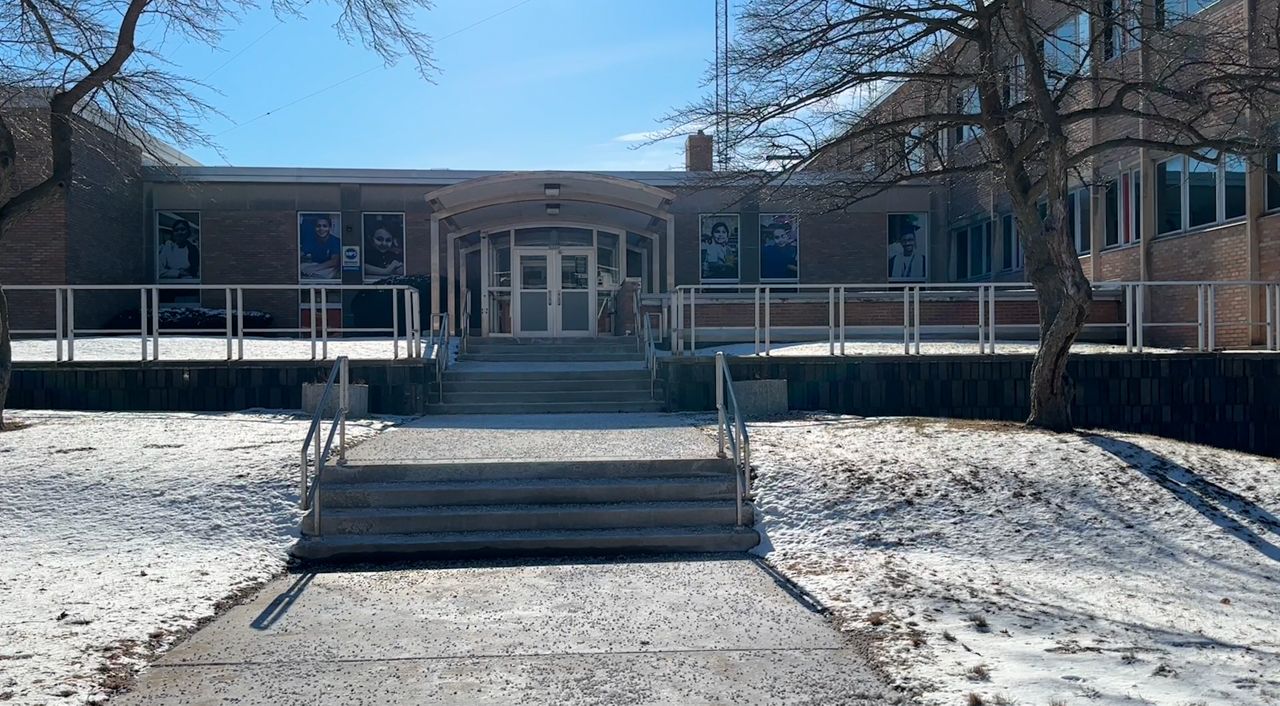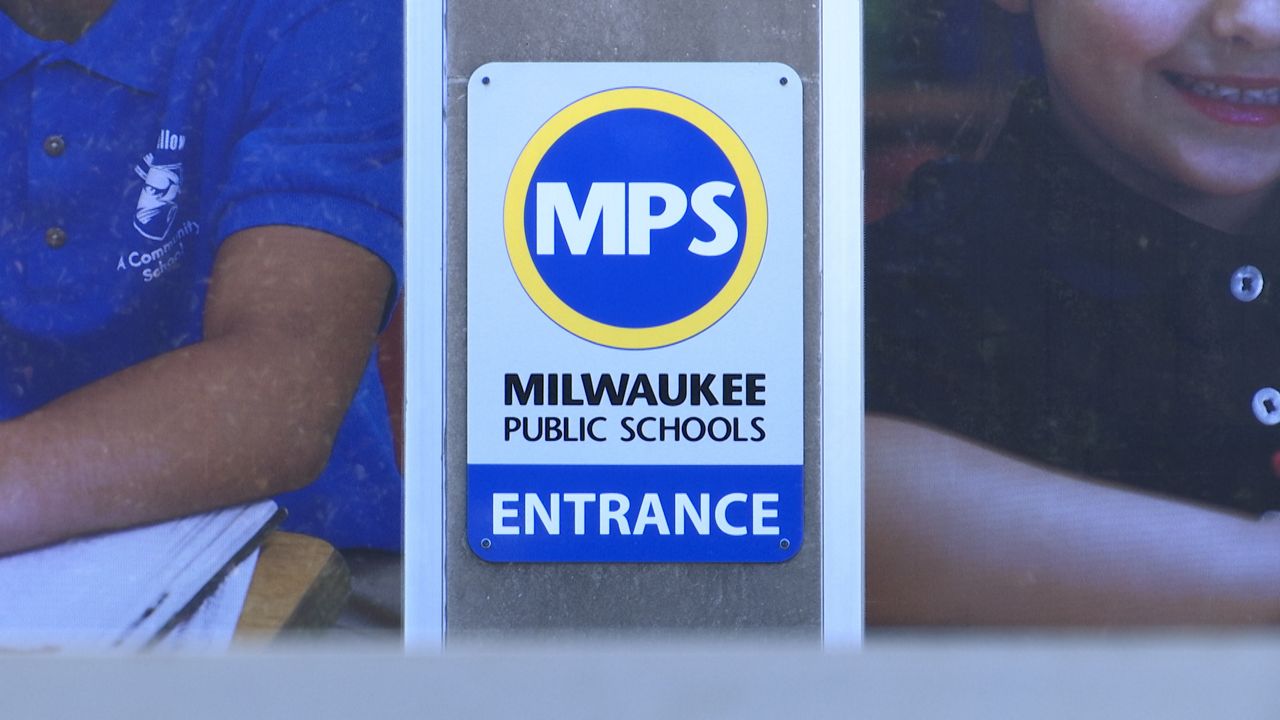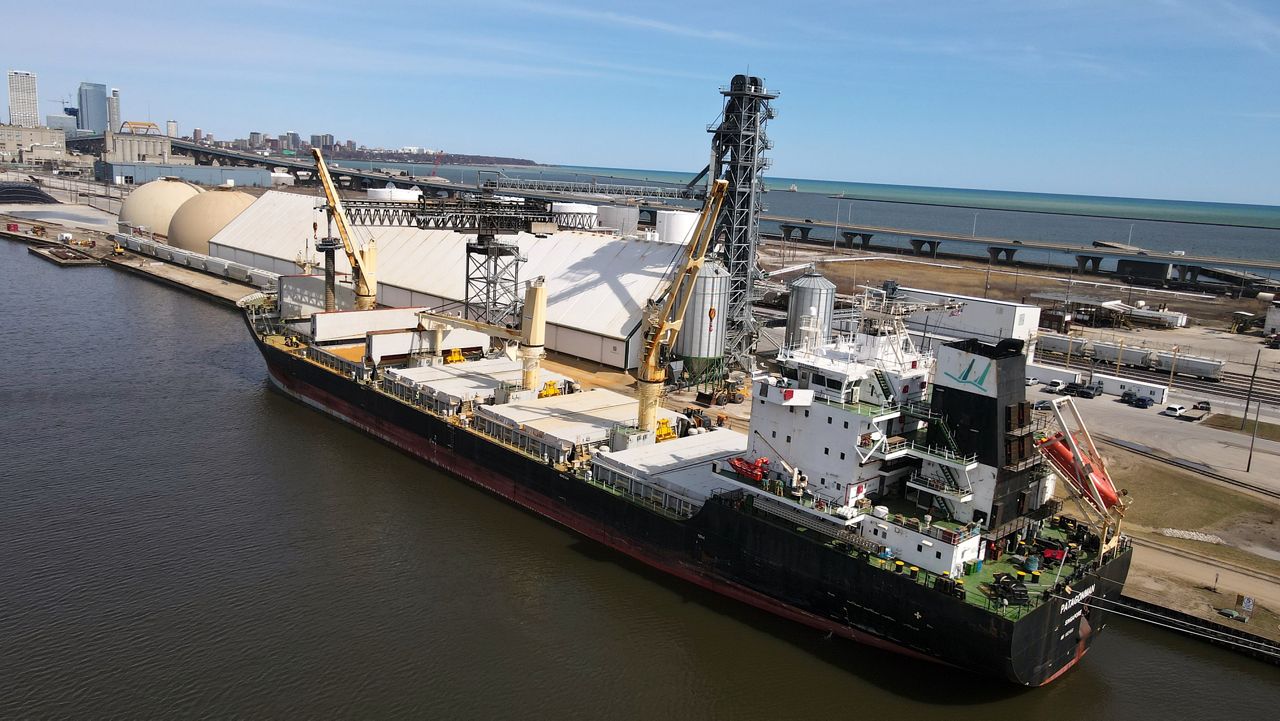MILWAUKEE — The Milwaukee Metropolitan Sewerage District is building a new facility to clean up 1.9 million cubic yards of contaminated sediment.
That’s the length of 13 football fields filled 50 feet deep, which can be found between the Milwaukee, Menomonee and Kinnickinnic rivers.
For the last three years, Bridget Henk, a senior project for MMSD, has been working with a design team to build a Dredged Materials Management Facility (DMMF).
It will be located in the city’s inner harbor.
“What MMSD is ultimately going to be building is what I call a bathtub,” said Henk. “It’s going to be two sides of steel that basically make the perimeter of the bathtub and hold the material inside.”
The facility will have a similar design to the one near Randle Reef in Ontario, Canada.
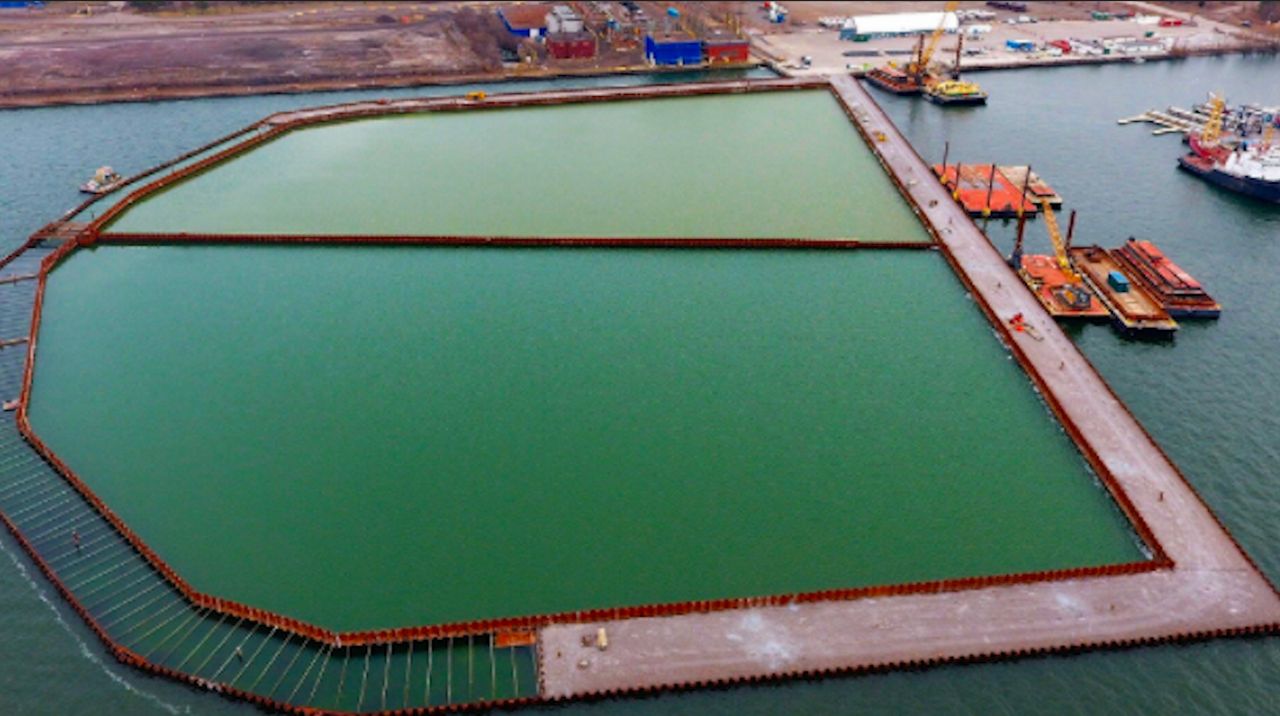
The material inside will be sediment from Milwaukee’s three rivers. It is contaminated with a chemical called PCB and poses risks to environmental and human health.
Henk said once the facility is complete, the Environmental Protection Agency (EPA) is going to transport the contaminated sediment to fill in the site.
“[Some would ask] why would you be moving material that would normally go to a landfill to the lake?” said Henk. “Well part of it is that we are building it in a way that protects the lake, takes the contaminants to a place where it can live forever and it’s actually something quite commonly done.”
A similar method was used to create the land that houses the Lake Express Ferry.
However, Henk said it will be a long time before the land created from this project could be used for anything.
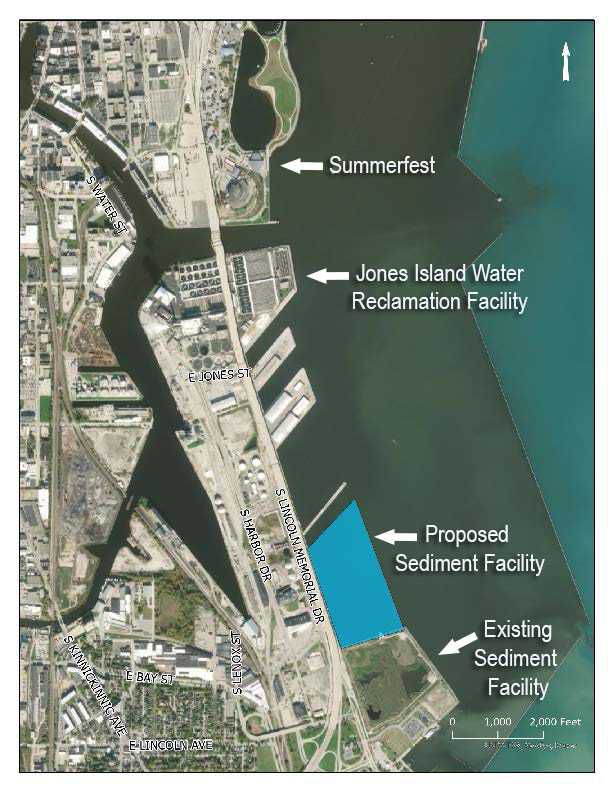
“You are not going to see a whole lot coming over the Hoan Bridge and you are not going to see a lot from the air,” said Henk. “It’s going to kind of look the same over time. You will start to see some of the water disappearing and more land appearing, but it’s going to ebb and flow.”
Construction will start this spring and is expected to take about three years to finish. Then it will take the facility decades to make it into usable land.
“The sediment that is in our waterways came from the time when we were the machine shop of the world where a lot of those industrial waste were being deposited in our waterways and some of the metals and the things that were in that waste were settling in the bottom and they are still there so this is our opportunity to clean that up in a really effective way,” said Henk.
For Henk, this project not only represents a way to help the local environment, but also a path to future development.






